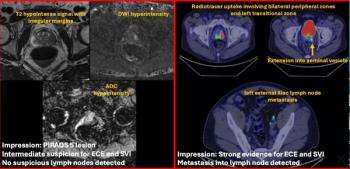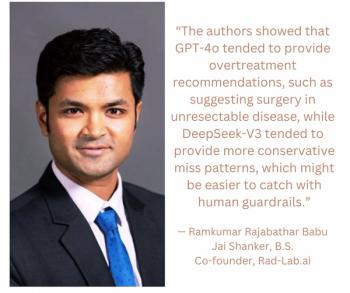
Fuji introduces Synapse Simplicity
For low-volume medical centers that need networking, Synapse Simplicity is the answer, according to its developer, Fujifilm Medical Systems USA. Synapse Simplicity is an economical version of the company's Synapse PACS. The product, unveiled at the HIMSS
For low-volume medical centers that need networking, Synapse Simplicity is the answer, according to its developer, Fujifilm Medical Systems USA. Synapse Simplicity is an economical version of the company's Synapse PACS. The product, unveiled at the HIMSS meeting, can handle 60,000 procedures annually. A complete package configuration could include diagnostic or clinical workstations, a multifunctional PACS server, DVD high-speed robotic archiving, and professional installation and integration services. Because Simplicity uses the same hardware and software components as Fuji's community and enterprise PACS offerings, the system can expand to meet changing facility needs. The new package joins two other Fuji products designed specifically for low-volume imaging facilities, SmartCR and the DryPix 1000 dry imager.
2/28/01, Issue # 1504, page 4.
Newsletter
Stay at the forefront of radiology with the Diagnostic Imaging newsletter, delivering the latest news, clinical insights, and imaging advancements for today’s radiologists.




























